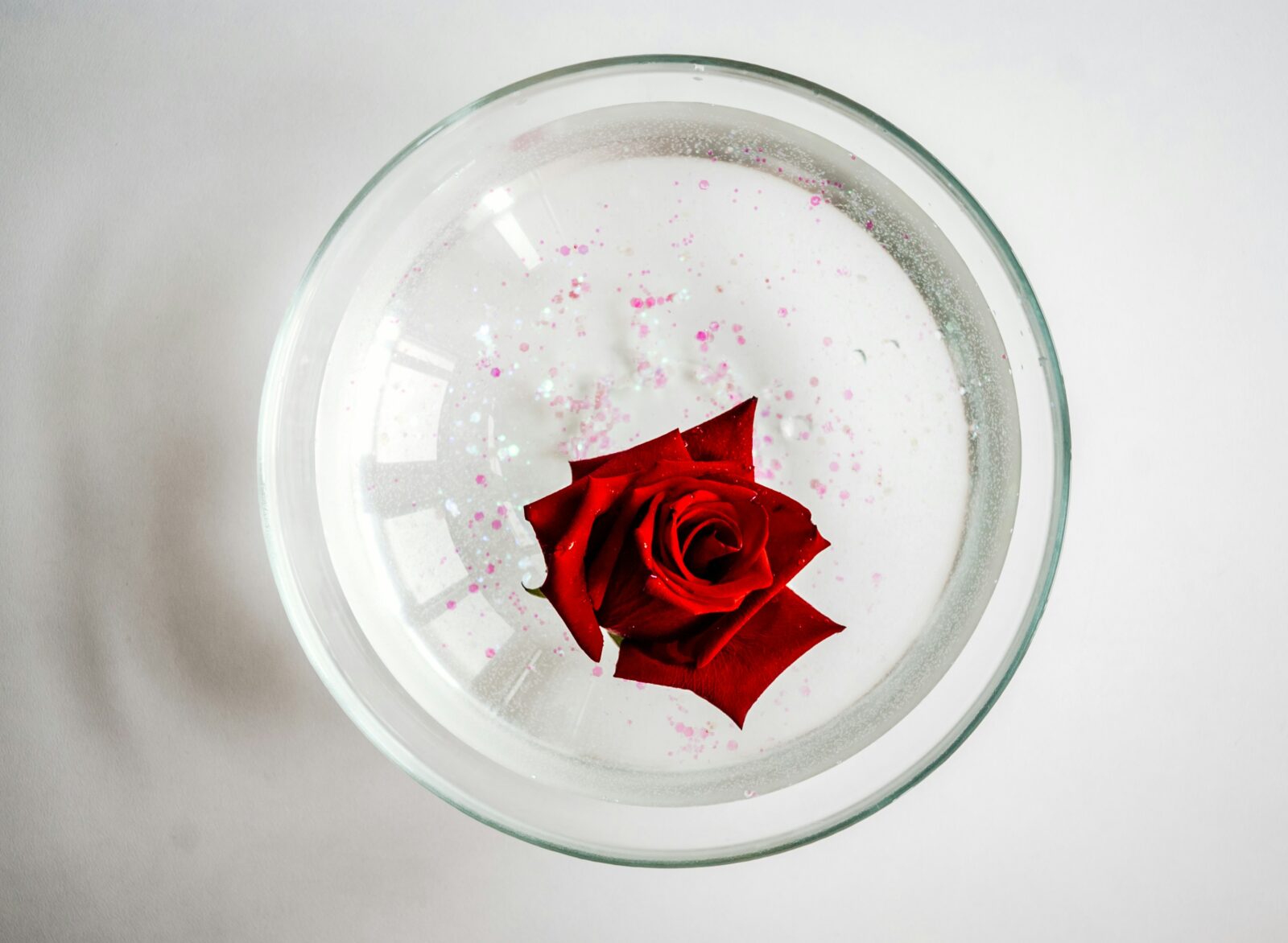Craft makers of resin have invaded the world of creativity and designers in different fields. The possibilities are limitless in this versatile medium, as the simplest of ideas get converted to breath-taking pieces of art. When you want to make something unique and creative and this may be either jewelry or home decor, the resin provides a delusion of science and art that one may be unable to resist. Its shiny texture and the capability to preserve items in it creates a dimension of the world of arts that is magical.
Just as we jump into the amazing world of resin making, you are going to learn not only how to do it but also the fact that the art has a history, and there are certain tools that will help you be successful in it. Prepare to get the creative genes in you flowing as we get to learn about this fun craft!
The Resin Crafting What is Resin Crafting
Art of resin crafting implies making something beautiful out of everyday synthetic resin. This medium is able to capture colours, textures and items in a manner that will make them stand out in a pleasant manner.
In its simplistic definition, resin is a liquid which transforms into solid when combined with a catalyst. The result? A gloss finish that adds depth and live to any piece of work.
Resin is easy to work with; artists admire it due to its multiple uses: composing an excellent denture and applying it as an overlay on several surfaces. Flower, glitter or even a photograph can be embedded into layers of clear resin to create unusual effects.
The action is creative and at the same time meticulous. A new pour is always a new challenge and a new experiment. No wonder there are so many who feel tempted to take up this interesting art!
The History of Resin Making
Resin craft is an interesting skill with history dating back to many years. Natural resins such as amber, pine sap were used by the ancient civilizations to serve a variety of purposes. These materials were valued on their beauty and tenacity.
Synthetic resins were developed in the 20 th century and this transformed the art. Artists started working with epoxy and polyester resin in the 70s and 60s. This transition increased the scope of creativity by a wide margin.
With the technology a breakthrough in resin formulations was developed. Artisans discovered novel techniques of working these substances resulting in the magnificent pieces of art as well as practical items. The Do-It-Yourself culture that has become widespread over the decades today has also increased the popularity of resins as a craft among hobbyists.
Contemporary artists no longer include the limitation to designing things such as jewelry or home decorations but they also allow innovation and tradition to mingle in their work. There is an exclusive story to each of the pieces that is still developing every time a drink is poured.
Kinds of resin and their applications
Different kinds of resin exist and need their own distinctive applications and whatever. Among crafters, the most popular one happens to be epoxy resin. It is sturdy and adaptable and thus fits well as jewelry, coasters and tabletops.
The other choice is polyester resin. It is popular in construction of boats and car repairs through its strength. But, it might produce more fumes when under curing thus, ventilation is very important.
Acrylic resin is clear and has a good color. It goes under frequent casting by the artists or as a painting medium.
The UV resin is convenient. It heals fast even in UV light which is ideal to use in small projects such as in making jewelry charm or phone cases that need quick cure times.
Knowledge of such various resins will enable crafters to select the appropriate resin to best fit their situation and further develop it in terms of creativity. Both kinds open the ways to the limitless possibilities.justresin.com.au
Equipment and Supplies that Require Resin Crafting
To make your own resin crafts, there are a couple of tools and materials you will need to have in order to make your creative vision possible. Epoxy resin has a number of formulas and is the first on the list. Select an appropriate one to your task.
Then you will require hardener, which will make resin active and will accelerate the curing process. Mixing cups: don forget mixing cups; the clear ones made of plastic will enable you to see how much you have poured.
instruments such as stir sticks or spatulas will play an important role in mixing resin without causing any air bubbles. Silicone molds can give unlimited options when it comes to more detailed designs.
Safety equipment is not to be ignored as well. It means that your hands are safeguarded with the use of gloves against sticky messes and respirators assist in ensuring there is exclusion against fumes throughout.
Put a little colour in it! The pigments or dyes take your work up a notch in terms of bringing color into the palette. Everything will contribute to the fact that your artistic expression will be made as brilliantly as possible.
Creation of a Piece of Resin
The making of a resin object is an exciting adventure. It starts with the process of selecting your own pattern and materials. You can embed just anything; flowers, glitter, or even small items and the choice is just limitless.
Then get ready for your working space. A dust-free place will also give you a good chance of achieving a perfect masterpiece. Prepare everything you need: mixing cups, stir sticks, gloves, some sturdy helpers and have fun!
It is important to mix the resin. Be careful in order to come up with a satisfactory consistency and too many bubbles. Fill your mold gradually until it comes to the level marked.
Curing time should be given after it is poured. The point is to be patient, leave it alone and watch it change into solid magic. You can demold it now after it cures and now admire your creation!
Edges can later be sanded to further give it a fine appearance in case it is needed and a sealant can be applied to give it that extra shine thus acting as a barrier to wear.
Tips and Techniques for Successful Resin Crafting
As the resin art is concerned, some tips and tricks can be implemented to transform your work into something extraordinary. The initial thing you need to do is to read the instructions on your resin package well. A given brand or type might have particular requirements in the mixing ratios and curing time.
It needs to be prepared. Keep your working environment clean and devoid of junks or dust that can become an obstacle to your final product. Easy cleanup should be done with silicone mats or drop cloths.
The temperature is very important in a curing process. Preferably, work in an environment with between 70 oF-75 oF (21 o C-24 o C) temperatures. Abnormally low or high temperature can affect the curing time and one can get bubbles.
Stirring resin is a patience process. Measure an equal quantity of resin and hardener into a mixing cup and mix slowly over the period of 2-3 minutes using a putty knife so as to create a smooth mixture of the resin hardener without the inclusion of air bubbles.
Adding color or any effects such as glitter or alcohol ink to your resin should be done at the end of completely stirring your resin once it is mixed but before pouring your resin into molds. This will enable you to obtain vibrant colors all through the piece and not at the surface level.
Another issue that comes up with epoxy resins is bubbles but they are not the insurmountable problems. Once you pour your mixture in your molds, apply a heat gun or torch lightly on its surface to pop any bubbles you see as fast as possible.
Never hurry up the polishing! Take care of full cure time as specified by the manufacturer before demolding and sanding down the edges when necessary to make smooth.
With the above plans in addition to practice and experimentation, anyone can handle this fascinating art that combines art with science so well.













Leave a comment